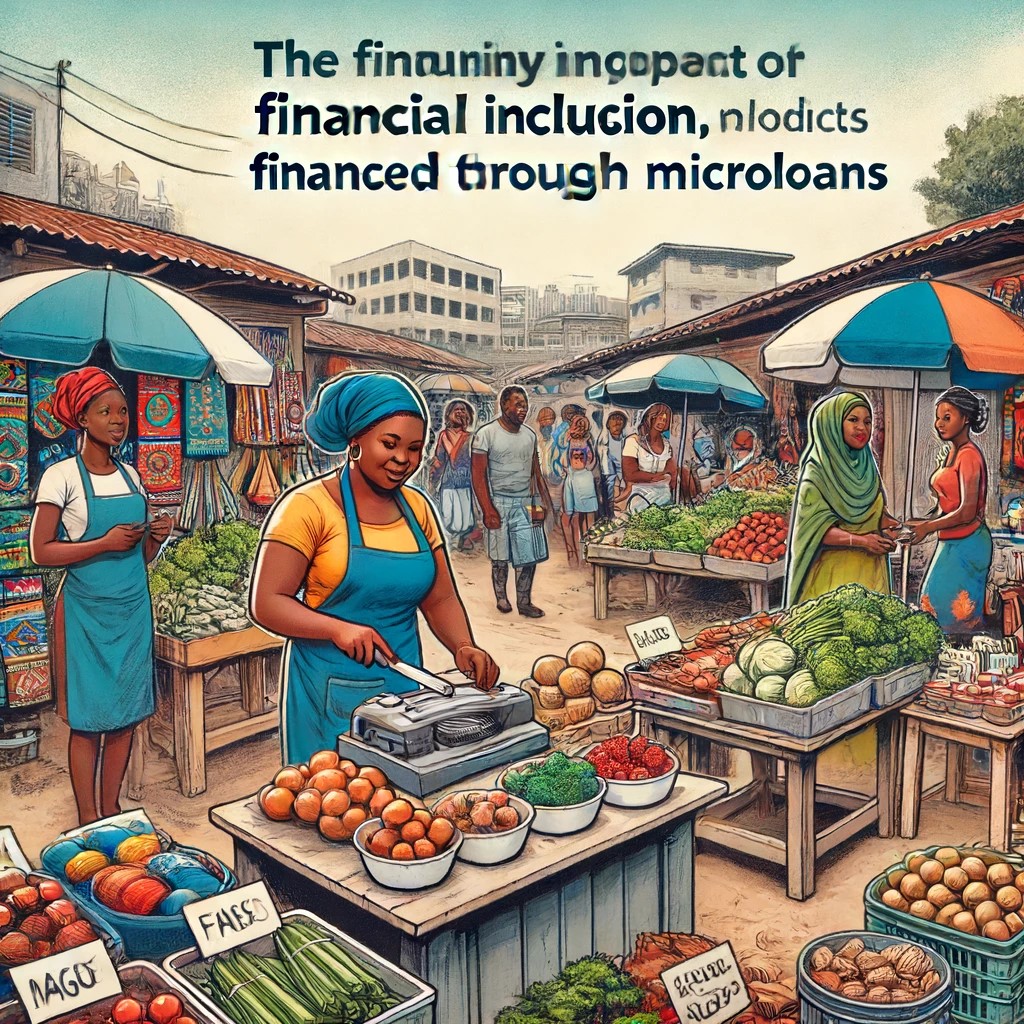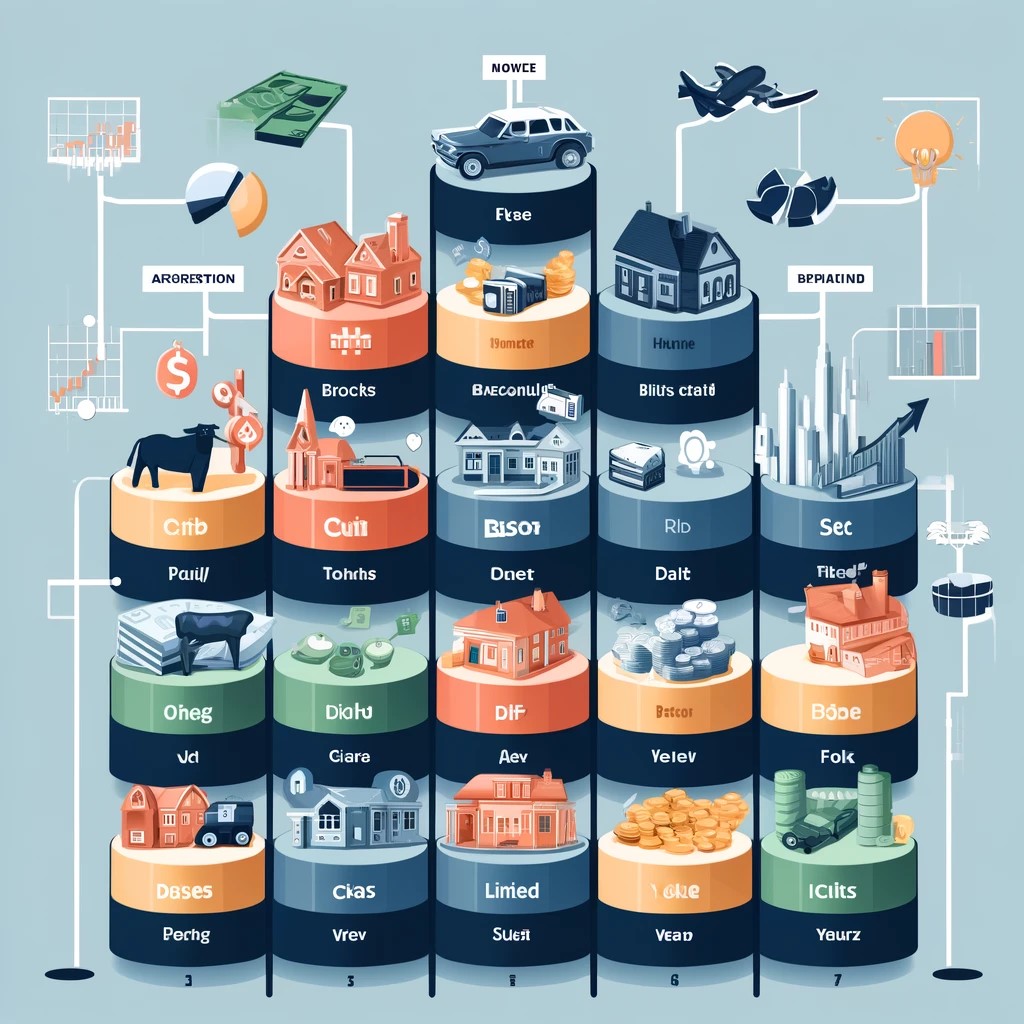The Impact of Emerging Markets on Global Finance
Emerging markets are increasingly becoming pivotal players in the global financial landscape, reshaping economic dynamics and offering new opportunities and challenges for investors worldwide. As countries such as China, India, Brazil, and others continue to grow, their influence on global finance becomes more pronounced. This article explores the current trends associated with emerging markets and predicts their future impact on the world economy.

Current Trends in Emerging Markets
1. Rapid Economic Growth:
Emerging markets are experiencing faster economic growth compared to developed economies. This growth is driven by increasing industrialization, urbanization, and a rising middle class, which boosts domestic consumption and drives demand for a wide range of services and products.
2. Capital Market Development:
Financial sectors in emerging markets are maturing, with improvements in market infrastructure and regulatory frameworks. Stock exchanges in cities like Shanghai, Mumbai, and São Paulo are becoming significant players on the global stage, attracting both domestic and international investors.
3. Technological Adoption:
Emerging markets have leapfrogged traditional technologies in many sectors, particularly in mobile banking and fintech. Innovations such as mobile payments, peer-to-peer lending platforms, and blockchain technology are more rapidly adopted and integrated into the financial systems of these regions.
4. Increasing Influence in Global Trade:
Emerging economies are playing a larger role in global trade. They are not only becoming hubs of manufacturing and export but are also increasingly contributing to global value chains. This shift is influencing global trade patterns and financial flows.

Challenges Facing Emerging Markets
Despite their potential, emerging markets face several challenges that could impact their growth and stability:
1. Political Instability and Governance Issues:
Many emerging markets are plagued by political instability and governance issues, which can lead to economic volatility and deter foreign investment.
2. Debt Levels:
Rapid growth has led some emerging markets to accrue significant levels of debt. This could pose risks to their financial systems, especially if global interest rates rise or if there is a global economic slowdown.

Future Predictions for Emerging Markets
1. Growth of Consumer Markets:
As the middle class expands in emerging economies, their consumer markets will become increasingly significant to global companies. This demographic shift is likely to spur further growth and offer substantial opportunities for businesses around the world.
2. Leadership in Sustainable Finance:
Emerging markets are expected to take a lead in sustainable finance, particularly in areas like green bonds and renewable energy investments. The necessity to address local environmental and social issues, combined with the opportunity to innovate, positions these markets at the forefront of sustainable financial products.
Conclusion
The impact of emerging markets on global finance is profound and enduring. As they continue to grow and integrate into the global economy, they offer unique opportunities and present new challenges. Understanding these dynamics is crucial for investors and policymakers alike to navigate the evolving financial landscape effectively. Emerging markets are not just catching up to the developed world; they are poised to redefine the rules of global finance in the years to come.
(Writer:Lily)





